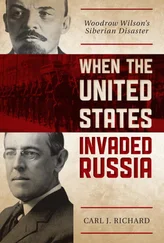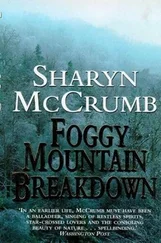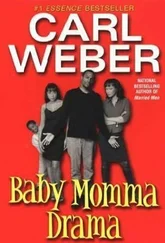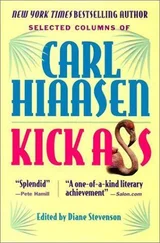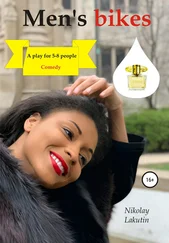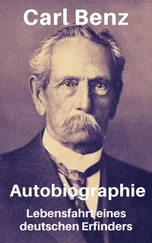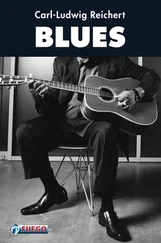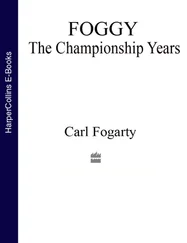The bikes I keep at home are also used more as ornaments than as functional bikes. The 996 Ducati on which I won the world title in 1998 is mounted in my hallway in front of a mirror. There is also a replica of that bike, given to me by Ducati, in the new office and trophy room we designed at home. Then I have a Ducati 900 Monster, also given to me by Ducati. That bike has been fettled to make it a 960. It has a different exhaust, pistons, barrels and heads. My intention was to ride it on the roads occasionally, but I’ve had it for two years and never taken it out.
The bike I probably use the most at home is my KTM 250cc motocross bike – at least until the arm injury prevented me from using it on the small track I built in a field behind the house. I also bought two Honda XR100s from America to use at Fogarty Park, so that I could find someone to race against – and beat. Then Malaguti gave me a scooter, after they did a deal with Ducati to produce a series of Foggy replicas. It was sprayed up in the same colours as the bike on which I won the 1999 championship. That has also done zero miles! I bought Danielle a Yamaha TTR90 for her ninth birthday, and the girls also have a little quad bike. And I’ve got a Birel four-wheeler, which has a steering wheel and a four-stroke lawnmower engine. The manufacturer also sprayed that red, put some Ducati stickers on it and sold a few on the back of the fact that I owned one. It was useless for riding on grass because it had slick tyres and would not have had enough grip, but I did ride it around the paddock for a while because it looked different and a bit freaky – the Volkswagen Beetle of the biking world.
I also have a 90cc Honda Cub field bike, probably best suited to teenage lads, which I bought for £500 from a shop in Burnley in 1996. Don’t ask me why. I used it as a paddock bike when I was with Honda in 1996, and it’s a good bike for pulling wheelies as it has a lot of low-down power. You can get the back wheel up pretty easily, as long as you keep one finger on the back brakes to stop it going over! Finally, there’s the mini-moto, which lives in the lounge area of the kitchen. These are actually raced in Italy and are really difficult to control, as the engines are really ‘wick’. It’s not like a little four-stroke that just chuffs along. Danielle is already very confident on it.
But while my own are used mostly as toys, bikes still play a major role in my life. After the crash at Phillip Island I started to think about the possibility of running my own team. The logical thing was to ask Ducati for help and my company, Team Foggy Racing Limited, set about trying to attract enough sponsorship. Then I received a call from a Malaysian-based businessman called David Wong, whom I had raced for in the Malaysian championship in 1992, backed by that country’s state-owned petroleum giant Petronas.
I told David that I was thinking about running my own team and he said he would speak to Petronas. A couple of days later he came back to me, saying that he needed us to come out to Malaysia to discuss an exciting project. My manager and agent, Neil Bramwell, and a businessman called Murray Treece, who had been trying to find sponsorship for the team, travelled to Kuala Lumpur and were told that Petronas had funded the design of a new triple, called the GP1, with their Swiss-based joint venture company Sauber Petronas Engineering. Petronas had a number of options on the table to lease the engine out to Grand Prix teams but were very interested about the possibility of using my name to manufacture and sell the first Malaysian superbike, as well as funding my own superbike team for five years. Having my own team was a big enough step but having my own brand of bike was just mind-blowing!
It was a massive project and something that I could not turn down, although it meant breaking my ties with Ducati. The call to my old team boss Davide Tardozzi was one of the hardest I have ever had to make, but Ducati appreciated that this was a once in a lifetime opportunity. So suddenly I was a team owner and facing a whole new set of pressures. Petronas wanted us to start in the 2002 season and we set ourselves a massive engineering task in order to meet homologation requirements. I managed to snap up two top-class riders in Troy Corser, my former Ducati team-mate, and James Haydon, a fast British rider with loads of potential, for our debut year. I also picked my old mate Nigel Bosworth to be team manager, as I was convinced he was the best man for the job. The next big task was to make sure the bike was competitive, as there was no point me doing this if we weren’t going to be at the front of the grid within a couple of years. It was actually that win-at-all-costs attitude that stopped me from going over to Malaysia during the early negotiations.
Whenever I’m riding a bike, whether it’s a CCM 600 up a mountainside or throwing my Honda XR100 over jumps at home, I always go for it 100 per cent.
That’s probably why I was pushing so hard at a track at Anglesey in North Wales when I suffered my latest bad injury in September 2001. I’d been booked to ride for CCM in a big supermotard race in Belgium and was keen to put in as much practice as possible, as I would have been up against people like Jamie Whitham and Ruben Xaus. I also wanted to give the regular supermotard guys a proper race. But I high-sided on a gravel section and snapped my tibia and fibula on landing. The weird thing about it was that the circuit is an absolute dead ringer for Phillip Island. It’s situated at one end of Anglesey, the sea surrounds the track, and the bend where I went down exactly matches the one where I crashed in Australia in 2000.
The first operation to reset the joint wasn’t successful so I had to stay in Bangor Hospital over the weekend in order that the doctors could have another go. I had plenty of time to think things through. As much as I like riding competitively, I can’t afford to get injured again. So I will have to stop. I’m 36 years old – not 20 any more. I don’t bounce like I used to or heal like I used to. And I do have to think of other people as well – like Michaela because she has to look after me and hump me around when I’m in plaster. But there’s no looking back, and I have no regrets as I now have the Foggy Petronas Racing team and the Foggy FP1 (the name of the new bike that we are building from scratch) to concentrate on and throw all my energies into. I want both the team and the bike to be the best. It’s as simple as that!
That kind of commitment and desire made me the best superbike rider of all time. Four world titles are proof of that fact. Sure, a lot of the other riders had the talent, but not the same hunger for success. That is something that cannot be taught. It has to be there inside you. But there are certain techniques, practices and principles that can give you an edge over the next guy. I was never a textbook rider; I had my own distinctive and aggressive style around the track. It was the same in my early days in motocross, not to mention on the road circuits where I won another three world titles, before clinching my first world title on the track with the World Endurance Championship in 1992.
It goes without saying that much of the advice contained in this book is not best suited to safely riding your own bike – preferably a Foggy FP1!! – on the country’s roads. But after reading about the secrets of my success – as well as the scrapes, problems and laughs along the way – every rider, whether a world championship contender or a weekend plodder, will be able to get even more performance and enjoyment out of his or her machine.
Section 1 What Makes A World Champion
‘I’ve always admired Carl as one of the world’s best motorcycle riders of the 1990s, regardless of whether you’re talking 500cc or superbikes. Carl won four World Superbike Championship titles and no one gets lucky four times. He worked hard, he had talent and determination, and he deserved all the success that came his way.
Читать дальше


